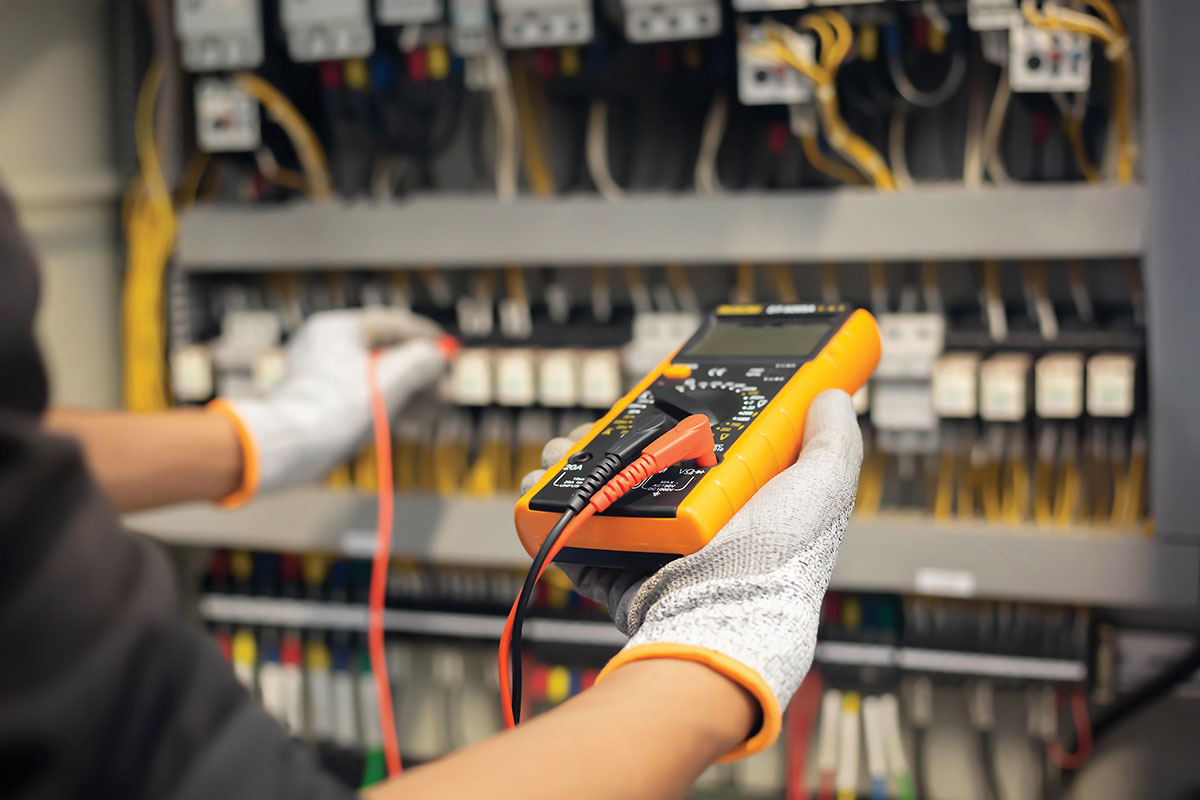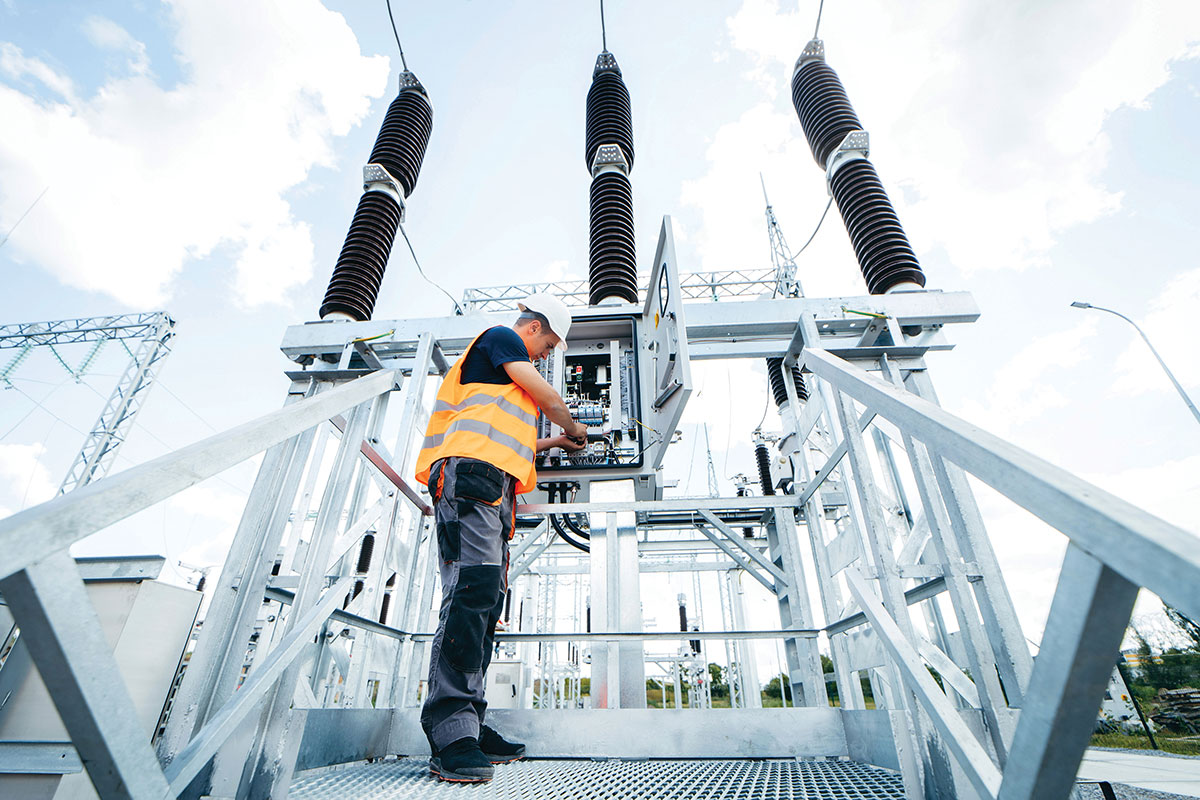Not long ago I wrote an article on Substation grounding for Electrical Business that raised the issue of whether one should interconnect the building reinforcing steel with the station ground electrode. A reader responded with the question of whether the best approach might be to ignore the rebar bonding. The reader is well justified in wondering whether the best approach might be to ignore the rebar bonding. The reader is well justified in wondering whether there is not an easy answer to his question as there may not be a precise answer for every possible situation.
The Canadian Electrical Code, Rule 36-302(6) addresses the reader’s query as follows:
(6) The reinforcing steel members to be found in building foundations and concrete platforms shall be permitted to be included as part of the station ground electrode design provided that:
(a) No insulating film separates the concrete from the surrounding soil; and
(b) The maximum expected fault current magnitude and duration will not result in thermal damage to the steel members or the concrete structure; and
(c) The steel members are connected to the rest of the station ground electrode with not less than 2 copper conductors of not less than No. 2/0 AWG in such a way that should one grounding conductor be damaged, no single metal structure or equipment frame may become isolated; and
(d) The ground electrode design is made assuming that the concrete resistivity is greater than or equal to that of the surrounding soil.
In addition to this long list of conditions, the Appendix B reference to this rule also contains this note: “ANSI/IEEE Standard No. 80 should be consulted for conductor sizing to prevent thermal damage to the rebar during fault conditions.
You may also have noticed that this sub-rule is permissive, meaning that rebar bonding is not a code requirement and the designer can choose to connect or not make use of this option. However, as indicated, the code does allow reinforcing bars in concrete pads or building foundations to be included in the station ground electrode design. Measurements have shown that interconnecting reinforcing steel with the station ground electrode usually reduces the station’s grounding resistance. Consequently the station’s ground potential rise is reduced as well. This may be a practical and cost-effective way to improve the GPR, especially when insufficient property is available to expand the station ground electrode any further.
IEEE Standard 141 tells us that steel reinforcing bars in foundation piers in buildings usually consist of groups of four or more vertical members. These vertical members are wired to the horizontal members in the footings at the base of each pier. Measurements have shown that such piers may have an electrode resistance of about half the resistance of a ground rod driven to the same depth in earth. Large buildings would have many such piers, offering good opportunities to use them for this purpose.
This reference indicates that connection to such piers has good potential to improve substation grounding. In regions where the ground resistivity is high, a better grounding resistance can often be accomplished by including the reinforcing steel in the final design.
A question you should ask yourself: By reference to the IEEE No. 80 Standard, does the Canadian Electrical Code intend that the designer achieve the required 5000 volt maximum GPR before interconnection with rebar steel? There may be a wide range of opinions on this subject and we would welcome our readers’ views. In conclusion:
a) Ignoring rebar bonding does not violate the code. This may be a convenient way to improve the substation GPR.
b) Reinforcing steel in electrical equipment pads and building foundations may be used as part of the ground electrode design.
c) When interconnecting rebars with the station ground electrode, pay special attention to the requirements of this rule. This should include discussing with the electrical inspection authorities to obtain their interpretation of Rule 36-302(6)(a) to (d).
d) Finally, must the ground electrode design in every case satisfy the code on its own before interconnection?
As in all cases, for an exact interpretation of any of the above, you should consult locally with the electrical inspection authorities in each province or territory as applicable.










Find Us on Socials